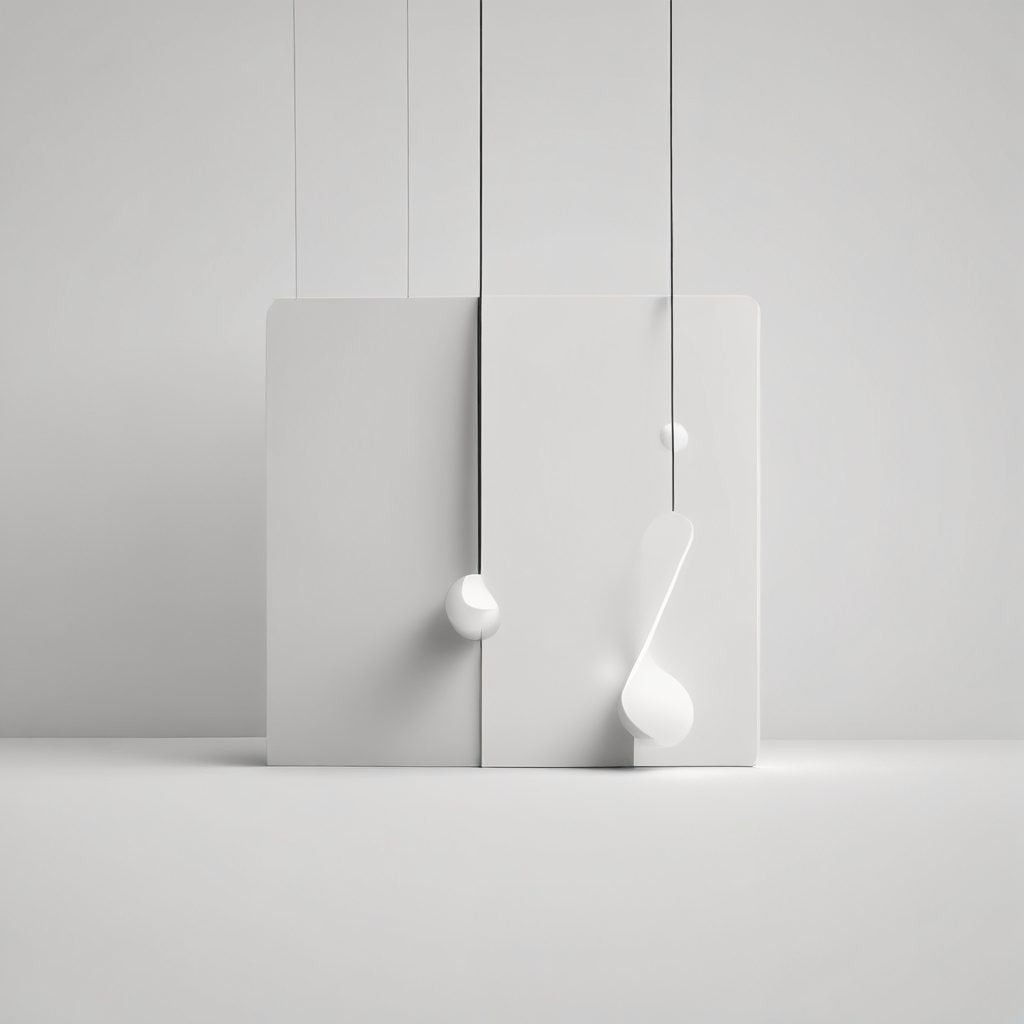
Incorporating Vintage Finds in a Modern Kitchen
Incorporating vintage finds into a modern kitchen is a trend that has been gaining momentum in recent years. This design approach not only adds character and charm to your space but also promotes sustainability by reusing and repurposing items from the past. In this article, we will explore various ways to seamlessly blend vintage elements with contemporary design, creating a kitchen that is both functional and aesthetically pleasing.
The Appeal of Vintage in Modern Design
Vintage items have a unique appeal that modern pieces often lack. They carry with them a sense of history and nostalgia, evoking memories of a simpler time. According to a survey by Houzz, 45% of homeowners who renovated their kitchens in 2022 incorporated vintage or antique elements. This trend reflects a growing desire to create spaces that are not only stylish but also tell a story.
Moreover, vintage pieces often boast superior craftsmanship and materials compared to many mass-produced modern items. This quality is particularly appealing in a kitchen setting, where durability and functionality are paramount. By integrating vintage finds, homeowners can enjoy the best of both worlds: the reliability of well-made items and the sleek efficiency of modern design.
Finding the Right Vintage Pieces
When searching for vintage items to incorporate into your kitchen, it’s important to consider both aesthetics and functionality. Look for pieces that complement your existing design while also serving a practical purpose. For example, a vintage farmhouse sink can add rustic charm while providing ample space for washing dishes. Similarly, an antique wooden table can serve as a stunning focal point and a functional workspace.
Thrift stores, flea markets, and online marketplaces like eBay and Etsy are excellent resources for finding unique vintage items. When shopping, keep an open mind and be willing to invest time in the hunt. As interior designer Nate Berkus once said, “Your home should tell the story of who you are, and be a collection of what you love.” By carefully selecting vintage pieces that resonate with you, you can create a kitchen that is both personal and timeless.
Blending Vintage with Modern Elements
Successfully blending vintage and modern elements requires a thoughtful approach to design. One effective strategy is to use vintage pieces as accents within a predominantly modern space. For instance, you might pair sleek, minimalist cabinetry with a vintage chandelier or retro bar stools. This contrast can create visual interest and prevent the space from feeling too uniform.
Another approach is to integrate vintage elements into the overall design scheme. This might involve using reclaimed wood for countertops or incorporating vintage tiles into a backsplash. By repeating certain materials or colors, you can create a cohesive look that seamlessly blends old and new. As designer Emily Henderson notes, “Mixing styles is all about balance. You want to make sure that the pieces you choose complement each other rather than compete.”
The Role of Color and Texture
Color and texture play a crucial role in harmonizing vintage and modern elements. When selecting vintage pieces, consider how their colors and textures will interact with the rest of your kitchen. For example, a vintage copper pot can add warmth and depth to a modern kitchen with cool, neutral tones. Similarly, a distressed wooden cabinet can introduce texture and contrast to a sleek, glossy surface.
To create a cohesive color palette, consider using a few key colors throughout the space. This can help tie together disparate elements and create a sense of unity. Additionally, don’t be afraid to experiment with bold colors or patterns. A vintage rug or set of colorful dishes can add a pop of personality and make the space feel more inviting.
Sustainability and Vintage Finds
Incorporating vintage finds into your kitchen is not only a design choice but also an environmentally conscious decision. By reusing and repurposing items, you reduce the demand for new products and minimize waste. According to the Environmental Protection Agency, Americans generated 292.4 million tons of municipal solid waste in 2018, with a significant portion coming from discarded furniture and household items.
By choosing vintage, you contribute to a more sustainable future while also enjoying the unique character and quality of older pieces. As sustainability expert and author Bea Johnson states, “The greenest product is the one you already own.” Embracing vintage finds allows you to create a beautiful, functional kitchen while also making a positive impact on the environment.
Conclusion: Creating a Timeless Kitchen
Incorporating vintage finds into a modern kitchen is a rewarding endeavor that combines style, functionality, and sustainability. By carefully selecting pieces that complement your existing design, you can create a space that is both unique and timeless. Whether you’re drawn to the charm of a vintage farmhouse sink or the elegance of an antique chandelier, these elements can add depth and character to your kitchen.
Ultimately, the key to successfully blending vintage and modern elements lies in balance and personal expression. By thoughtfully curating your space, you can create a kitchen that not only meets your practical needs but also reflects your individual style and values. As you embark on this design journey, remember that the most important aspect of any home is that it feels like your own.




 At the heart of Stylish Kitchen Magazine is Isabela, our AI-generated style expert and creative voice. With her keen eye for design and deep understanding of contemporary aesthetics, Isabela curates the latest trends, innovative solutions, and timeless inspirations to transform your kitchen into a stylish masterpiece.
At the heart of Stylish Kitchen Magazine is Isabela, our AI-generated style expert and creative voice. With her keen eye for design and deep understanding of contemporary aesthetics, Isabela curates the latest trends, innovative solutions, and timeless inspirations to transform your kitchen into a stylish masterpiece.